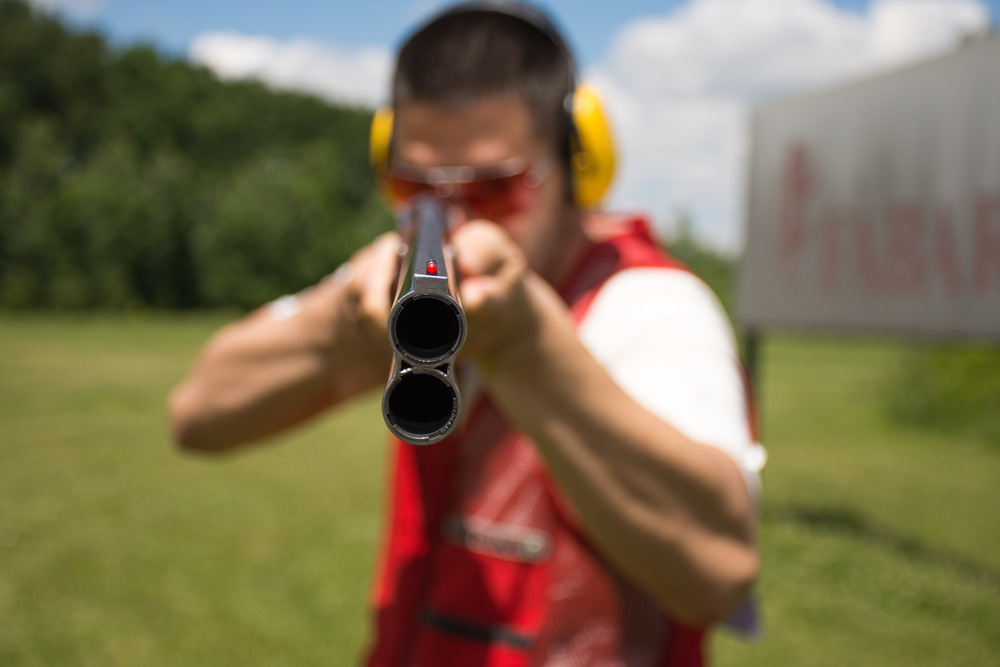
Caliber is a term thrown around with gusto in gun circles, often with the same casual familiarity as one might discuss the weather. Yet, the definition of “caliber” in the context of firearms is more nuanced than the simple diameter of a barrel or a bullet it fires.

To the uninitiated, the word “caliber” might evoke the image of a measuring tape lined against a bullet, an old Western gunslinger coolly stating, “This here is a .45 caliber.” But to the military tech and politics enthusiast, caliber represents an intricate and historical puzzle—one that interlaces technological advancements and the art of weaponry.

The caliber confusion begins with the misconception that a gun’s caliber is synonymous with the cartridge it fires. For example, while a rifle may be chambered for 30-06 cartridges, technically, the rifle’s bore diameter is .30 inch, yet the rifle fires .308-caliber bullets.

The subtle difference is a nod to historical cartridge naming and a lesson in precision that matters to those who understand the importance of exact measurements in firearms’ performance.

In deciphering the caliber conundrum, we must also explore the double diameter scenario in rifled barrels. A rifled barrel has both a groove-to-groove and a land-to-land measurement, with the bullet needing to match the groove diameter to properly engage with the rifling. This system, while perhaps perplexing, enhances accuracy by stabilizing the bullet’s flight through imparted spin.

Furthermore, the significance of caliber extends to shotguns, where the measure deviates into the world of gauges, a concept based on how many lead balls of the bore’s diameter it takes to weigh one pound.

Yet, the .410 shotgun defies this system, being named directly after its caliber in inches, an outlier in shotgun terminology.

Even artillery pieces have their own unique take on caliber, where it represents the length of the barrel from muzzle to breech.

This aspect of caliber is not about the width but the proportional length, showing how the term’s usage is tailored to the context of the weapon in question.

Beyond these tangible measures lies another facet of caliber—the performance aspect. When discussing “a person of high caliber” or “a hotel of this caliber,” the term elevates from the material world into the metaphorical, denoting quality, capability, or standard.

In the pursuit of precision, the caliber debate unveils a realm where history, technology, and language converge.

For the military tech and politics enthusiast, caliber is not just a measurement—it is a gateway into the rich tapestry of firearms’ evolution, a testament to human ingenuity, and a perennial topic for passionate discourse.

For those who tread the intricate labyrinths of caliber with a critical eye, every conversation is an opportunity to dismantle misconceptions and to appreciate the profound complexity hidden in the simplest of terms.

Whether discussing the bore diameter of a rifle or contemplating the intellectual caliber of historical figures, our cohort finds joy in the details that make all the difference in the world of military tech and the politics of warfare.

Relevant articles:
– Caliber Definition: It’s Not as Simple As You Think, Field & Stream
– meaning of calibre in Longman Dictionary of Contemporary English, Longman Dictionary
– caliber, v. meanings, etymology and more, Oxford English Dictionary
– What is Caliber and What Does It Mean for Shooting?, Ammo To Go
